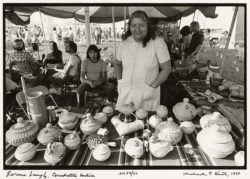Folklife
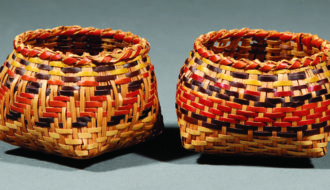
Chitimacha Baskets
Deeply rooted in the history, spirituality, and daily activities of the Chitimacha people, basketry remains a visible expression of the Chitimacha Indian tribe’s culture and tradition.

Deeply rooted in the history, spirituality, and daily activities of the Chitimacha people, basketry remains a visible expression of the Chitimacha Indian tribe’s culture and tradition.
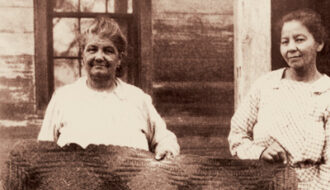
The Chitimacha Tribe is the only federally recognized tribe in Louisiana to still occupy part of its ancestral territory.

The Chitimacha Tribe is the only federally recognized tribe in Louisiana to still occupy part of its ancestral territory.
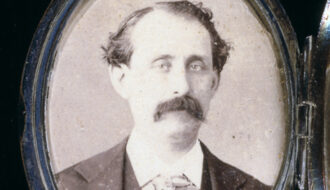
Louisiana has boasted a rich classical music traditional since early European exploration and settlement.
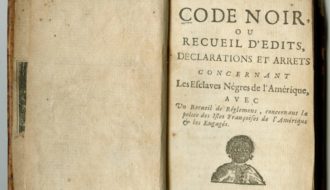
The Code Noir provided rules for how colonists treated enslaved people as well as how people of European and African ancestry interacted in French colonial Louisiana.

The 1724 Code Noir of Louisiana was a means to control the behaviors of Africans, Native Americans, and free people of color.
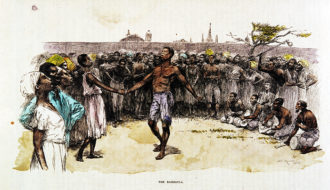
Congo Square, now Armstrong Park in New Orleans’s Tremé neighborhood, served as a gathering ground for Africans in the early years of the city.
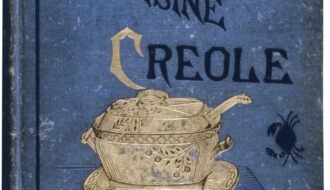
Beginning in the mid-nineteenth century, several Louisiana cookbooks collected the diverse cooking styles of Creole New Orleanians. Crescent City cookbooks continued to represent Louisiana throughout the next century.

The courir de Mardi Gras is the rural celebration of Mardi Gras in Louisiana, usually held in Cajun communities
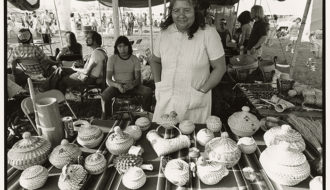
The skills of the Coushatta Tribe’s contemporary basket weavers have elevated this centuries-old utilitarian craft to a highly valued art form showcased in private and museum collections nationwide.

The Coushatta Tribe of Louisiana is the largest of four federally recognized tribal governments in Louisiana.

The Coushatta Tribe of Louisiana is the largest of four federally recognized tribal governments in Louisiana.
One-Year Subscription (4 issues) : $25.00
Two-Year Subscription (8 issues) : $40.00
